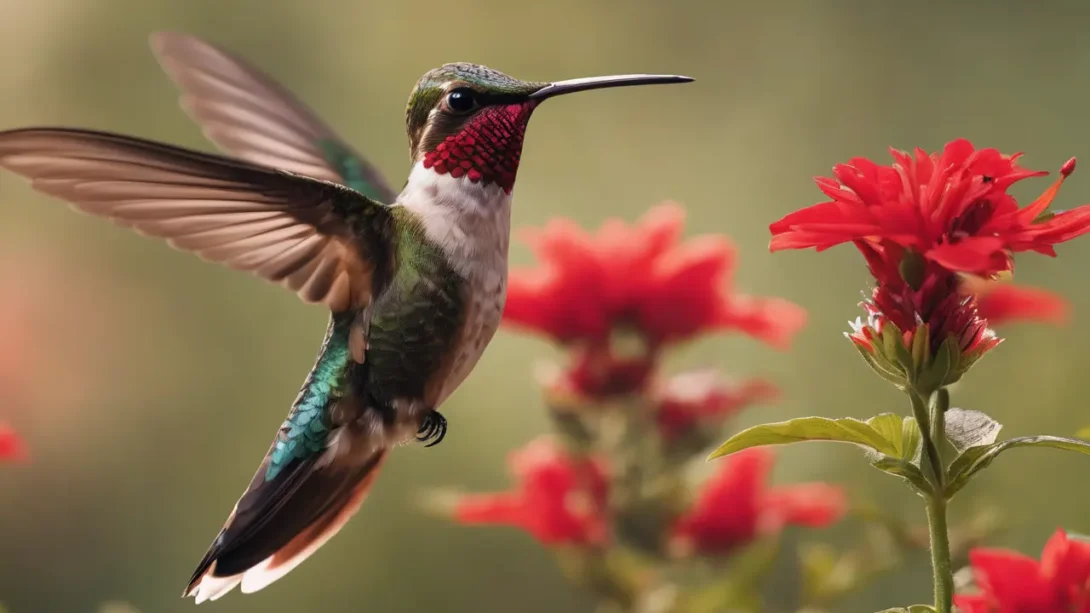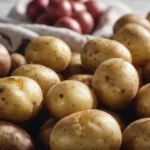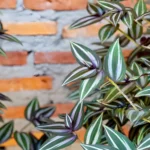The vibrant flit of a hummingbird darting from flower to flower is a captivating sight in any garden. These tiny, energetic birds are known for their remarkable flying abilities and their role as pollinators in the ecosystem. A common belief among gardeners and bird enthusiasts is that hummingbirds are particularly attracted to red flowers. This article explores the science behind this belief, shedding light on how color influences the foraging behavior of hummingbirds and offering insights into creating a hummingbird-friendly garden.
Hummingbird Attraction to Color
Hummingbirds, with their keen eyesight, can see a broad spectrum of colors, including ultraviolet light, which is invisible to humans. This ability allows them to distinguish between a wide range of floral colors when searching for nectar. While it’s true that hummingbirds are drawn to bright colors, the preference for red over other colors has been a topic of much interest and study.
Research suggests that the attraction to red may be linked to the visibility and abundance of red flowers in their natural habitats, as well as the high nectar yield often found in red blossoming plants. Red, being a color that stands out vividly against the green foliage, may simply be easier for hummingbirds to spot from a distance. However, it is not just the color that attracts these birds; the shape and nectar content of the flowers play a significant role in their appeal to hummingbirds.
The Role of Flower Color and Shape in Attracting Hummingbirds
While the color red may initially attract hummingbirds, the relationship between these birds and the flowers they feed from is more complex. The shape of a flower is equally important in attracting hummingbirds. Flowers that are tubular in shape are particularly appealing to hummingbirds because their structure allows easy access to nectar while accommodating the birds’ long, slender beaks and tongues. This mutualistic relationship between hummingbirds and certain types of flowers illustrates how flower morphology and color have evolved to attract the most effective pollinators.
Moreover, it’s interesting to note that hummingbirds do not rely solely on color to locate their food sources. They have excellent memory and spatial recognition abilities, allowing them to remember the locations of flowers and feeders they have visited before. This means that while they may be drawn to red and other bright colors initially, they will return to any reliable nectar source regardless of color if it provides a consistent and abundant supply of nectar.
Other Colors That Attract Hummingbirds
Gardeners aiming to attract hummingbirds should consider a variety of colors beyond just red. Flowers in shades of orange, pink, purple, and even some yellows can also be attractive to hummingbirds. Incorporating a diversity of colors and species in the garden can attract a wider range of hummingbird species, as different birds may show preferences for different colors and types of flowers.
Planting a mix of native flowers that bloom at different times of the year can ensure a continuous food source for hummingbirds throughout their feeding season. This not only supports the local hummingbird population but also contributes to the overall health of the ecosystem by supporting a diversity of pollinators and plant species.
Designing a Hummingbird-Friendly Garden
Creating a garden that attracts and sustains hummingbirds involves more than just selecting the right colors. To truly cater to the needs of these birds, gardeners should consider the following tips:
- Variety is Key: Incorporate a range of flower types and colors to attract a wide variety of hummingbird species. While red is a strong attractant, expanding the color palette with oranges, purples, and pinks can enhance the garden’s appeal to hummingbirds.
- Continuous Bloom: Choose plants that flower at different times throughout the season to provide a constant source of nectar. This ensures that hummingbirds have access to food from early spring through late fall.
- Proper Plant Placement: Hummingbirds are more likely to visit flowers that are in sunny spots away from strong winds. Planting in areas that provide a clear approach and retreat path will make the garden more accessible and safer for these tiny birds.
- Incorporate Feeders: While natural nectar sources are best, adding hummingbird feeders can supplement their diet, especially during periods when fewer flowers are in bloom. Red feeders can be particularly effective at drawing their attention, but remember to maintain and clean the feeders regularly to prevent disease.
- Avoid Pesticides: Chemicals can be harmful to hummingbirds and the insects they feed on. Opt for organic gardening practices to keep your garden safe for all visitors.
- Include Perching Spots: Hummingbirds need places to rest and survey their territory. Including thin branches or wire perches near feeding areas can make your garden even more inviting.
Conclusion
While the affinity of hummingbirds for red and brightly colored flowers is well-founded, successful attraction of these magnificent birds involves a holistic approach to gardening. By understanding the nuanced preferences of hummingbirds and designing gardens that cater to their needs, gardeners can enjoy the beauty and vibrancy these creatures bring. A garden rich in a variety of colors, shapes, and nectar-rich flowers, complemented by safe and clean feeders, will not only support hummingbirds but also contribute to the biodiversity and health of the ecosystem. With thoughtful planning and care, your garden can become a haven for hummingbirds, offering them nourishment and sanctuary and providing you with endless enjoyment as you watch these fascinating birds in action.




